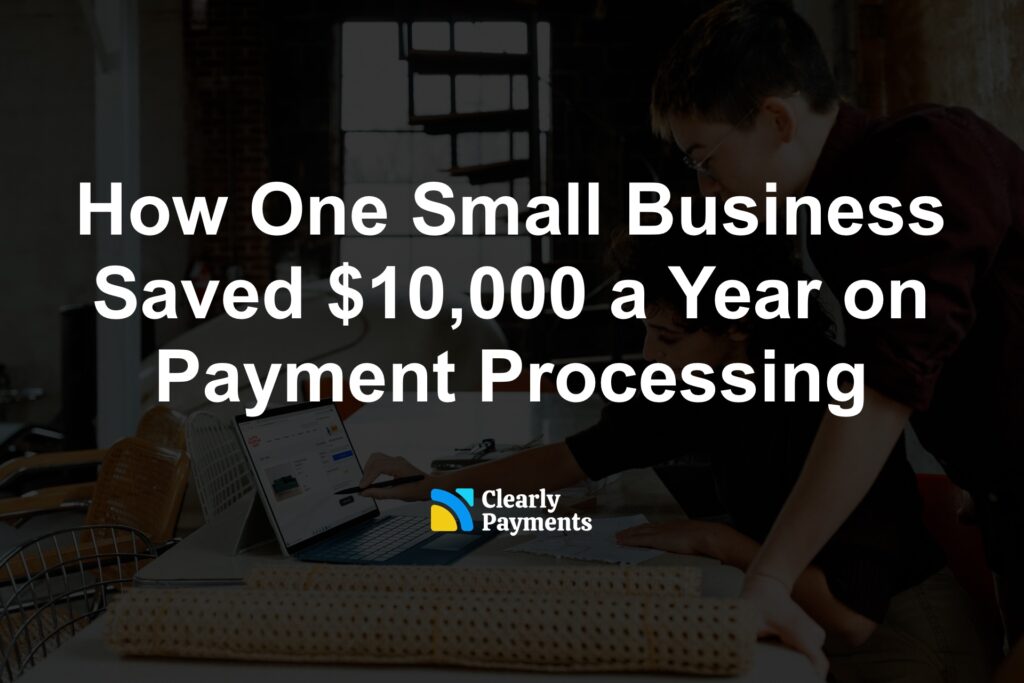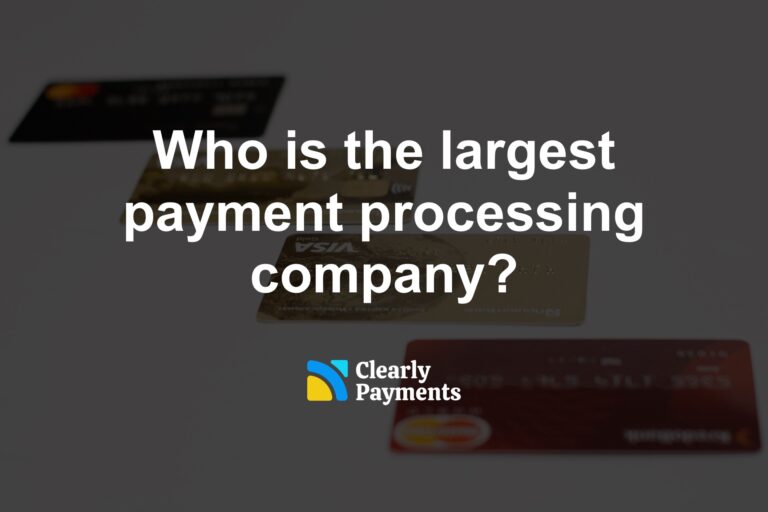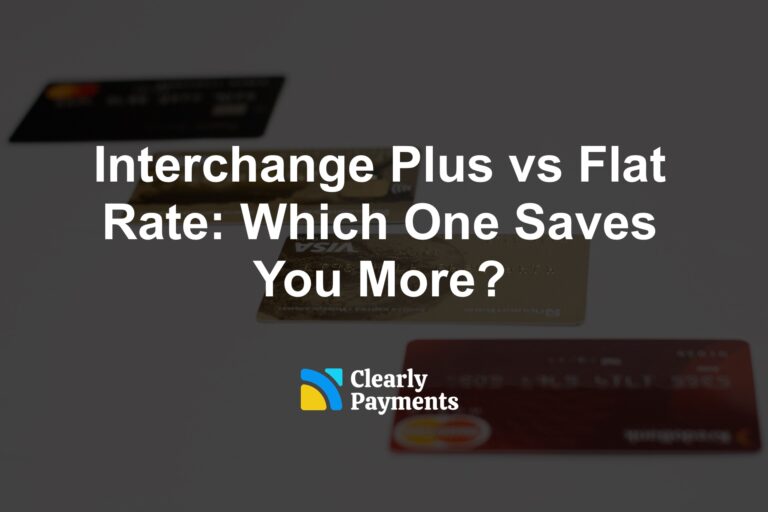For many small businesses, payment processing fees are a significant expense that eats into profits. Whether you run a retail store, an e-commerce business, or a service-based company, the costs of accepting credit and debit cards add up quickly.
However, one small business managed to save $10,000 a year on payment processing without sacrificing customer convenience. Here’s how they did it.
Analyzing Payment Processing Costs
Many business owners assume they are paying lower fees than they actually are. When reviewing statements, it’s common to see a posted rate of 2.75% or 3%, but hidden fees and markups can push the effective rate to 4% or more. We’ve seen some merchants pay 10%. The effective rate is the total processing cost divided by total sales volume and is the true measure of what a business is paying.
The business in this case study, a retail store, initially thought it was paying 2.9% per transaction based on its processor’s advertised rate. However, after a rate analysis by Clearly Payments and carefully analyzing statements and adding up interchange fees, processor markups, assessment fees, and other hidden charges, the owner discovered that the actual effective rate was 4.1%.
With monthly processing volume around $30,000, this meant an annual cost of $14,760—far higher than expected.
Switching to a Low-Cost Payment Processor
After uncovering the true cost, the business decided to switch to a provider with transparent and lower pricing. The new processor, Clearly Payments, offered an interchange-plus pricing model with a lower markup. This meant the business was now paying a total effective rate of 2.1%, reducing annual costs to $4,760—a savings of $10,000 per year.
Clearly Payments provided clear and straightforward pricing, without hidden fees or excessive markups, making it easier to predict and control costs.
Lowering Cost with EMV Transactions
One of the most effective ways to lower payment processing costs is by using EMV chip and PIN transactions. EMV technology not only enhances security but also helps businesses avoid higher processing fees associated with less secure payment methods, such as magnetic stripe transactions.
When a business processes a payment using EMV chip technology, it reduces the risk of fraud, which can result in lower chargeback rates and fewer fraud-related penalties. Additionally, some payment processors charge lower interchange rates for chip transactions compared to keyed-in or swiped transactions because they are considered more secure.
By ensuring that customers use chip and PIN or contactless payments, businesses can lower their exposure to fraud, reduce chargeback-related fees, and, in some cases, qualify for lower interchange rates—ultimately leading to more savings.
Reducing Chargebacks to Lower Payment Costs
Chargebacks can be a major cost for businesses, not only in lost revenue but also in additional fees and penalties. A chargeback occurs when a customer disputes a transaction, often leading to a reversal of funds. To minimize chargebacks, the business implemented several key strategies:
Using EMV Chip and PIN Transactions – Since EMV transactions are more secure, they reduce fraudulent chargebacks associated with counterfeit cards.
Clear and Transparent Billing Descriptions – Ensuring the business name appears correctly on customer statements to avoid confusion and unnecessary disputes.
Providing Excellent Customer Service – Quickly resolving customer issues before they escalate into chargebacks.
Keeping Detailed Transaction Records – Having clear receipts, signed invoices, and proof of delivery to dispute any false claims effectively.
By taking these proactive steps, the business significantly reduced chargebacks, saving hundreds of dollars in fees and avoiding unnecessary losses.
Avoiding Unnecessary or Hidden Fees
Some payment processors add extra fees that can significantly increase costs. These can include PCI non-compliance fees, statement fees, and excessive chargeback fees. To avoid unnecessary charges, businesses should:
Ensure PCI Compliance – Non-compliance can lead to monthly penalties. Clearly Payments helps businesses stay PCI compliant with a simple and straightforward process, eliminating unnecessary fines.
Review Statements Regularly – Hidden fees and markups can creep into monthly statements. Understanding these charges can help businesses dispute or eliminate them.
By monitoring statements and working with a transparent payment processor like Clearly Payments, businesses can eliminate hidden costs and save even more on processing fees.
Renting vs. Leasing Payment Terminals
Another way businesses can reduce payment processing costs is by making the right choice between renting and leasing payment terminals. Many processors push businesses into long-term leasing contracts, which can be costly and difficult to cancel. Leasing a terminal often involves multi-year agreements with monthly fees that add up to far more than the device’s actual cost.
For example, a business leasing a terminal for $49 per month over a four-year contract will end up paying $2,352 for a terminal that might cost $500 to buy outright. In contrast, renting a terminal from a processor like Clearly Payments provides flexibility, lower costs, and no long-term contracts, making it a more cost-effective option.
By choosing to rent or purchase terminals outright instead of leasing, businesses can save thousands over time while maintaining the ability to upgrade their hardware as needed.
The Bottom Line
This example business above was initially paying an effective rate of 4.1%, amounting to $14,760 per year in payment processing fees. After switching to Clearly Payments and adopting a 2.1% effective rate, the business lowered its annual costs to $4,760, achieving a savings of $10,000 per year.
In addition to switching to a low-cost payment processor, the business reduced costs further by minimizing chargebacks, avoiding unnecessary fees, and ensuring PCI compliance. By taking these steps, they not only saved money but also improved security, customer satisfaction, and transaction efficiency.
For businesses looking to cut costs without compromising on service, Clearly Payments offers a transparent, low-cost alternative that can help keep more money in your business.




